

Articles
How Long Does A Whirlpool Washer Take
Modified: January 19, 2024
Discover how long a Whirlpool washer takes to complete a cycle in this informative article. Compare different models and find the perfect one for your needs.
(Many of the links in this article redirect to a specific reviewed product. Your purchase of these products through affiliate links helps to generate commission for Storables.com, at no extra cost. Learn more)
Introduction
Welcome to the world of whirlpool washers, where advanced technology meets efficient cleaning. If you’re a proud owner of a whirlpool washer or considering purchasing one, you may be curious about how long a typical washing cycle takes. The duration of a wash cycle can vary depending on several factors, including the type of cycle selected, the size and type of load, and the efficiency settings chosen.
Whirlpool washers are designed to optimize cleaning performance while maximizing energy efficiency. They offer a range of wash cycles and options to suit different needs and preferences. Understanding these factors and how they affect washing time can help you make the most of your washer and plan your laundry routine more effectively.
In this article, we will explore the factors that impact the duration of a whirlpool washer cycle and provide insights into the different types of wash cycles available. Additionally, we’ll discuss energy-saving options, optimal loading capacity, and share some useful tips for reducing washing time. So, let’s dive in and discover the world of whirlpool washers and how long they take to complete a cycle.
Key Takeaways:
- Customize your laundry experience with Whirlpool washers by understanding factors affecting washing time, such as cycle type, load size, and efficiency settings. Optimize cleaning and energy consumption for a personalized laundry routine.
- Save time without compromising cleanliness by utilizing Quick Wash cycles, energy-saving options, and efficient loading practices. With Whirlpool washers, achieve clean and fresh laundry within a reasonable timeframe.
Read more: How To Take Apart A Whirlpool Washer
Factors Affecting Washing Time
Several factors can influence the duration of a whirlpool washer’s washing cycle. Understanding these factors can help you manage your laundry time more efficiently. Here are the key factors that affect the washing time:
- Type of Cycle: The type of cycle you select plays a significant role in the duration of the wash. Whirlpool washers offer various preset cycles, such as normal, heavy-duty, delicate, and more. Each cycle is designed to handle different types of clothes and soil levels, resulting in varying wash times.
- Load Size: The size of the load you put in the washer will impact the washing time. Larger loads require more time to ensure thorough cleaning, while smaller loads may finish sooner. Whirlpool washers have sensors that detect the size of the load and adjust the wash cycle accordingly, optimizing both cleaning and time efficiency.
- Soil Level: The amount of dirt and stains on your clothes affects the washing time. If your garments are heavily soiled, the washer may require additional time for adequate cleaning. Some whirlpool washers offer a soil level setting that allows you to adjust the cycle duration based on the dirtiness of your clothes.
- Water Temperature: The temperature of the water you choose for your wash cycle can impact the cleaning time. Hotter water generally cleans faster and more thoroughly, but it may take longer to heat up, extending the washing time. Cold water cycles are typically quicker but may not be as effective at removing certain stains or sanitizing clothes.
- Efficiency Settings: Energy-saving features and settings can affect the duration of a whirlpool washer cycle. Some washers offer special eco-friendly or energy-saving cycles that prioritize water and energy efficiency over speed. These cycles may take longer, but they help reduce your environmental footprint.
By considering these factors when selecting a wash cycle, you can customize your washing experience to suit your specific needs in terms of time, cleaning efficiency, and energy consumption. Whirlpool washers provide a range of options to accommodate different preferences and requirements, ensuring a personalized laundry experience every time.
Normal Wash Cycle Duration
The normal wash cycle is one of the most commonly used cycles in whirlpool washers. It is designed for everyday laundry needs and offers a good balance between cleaning performance and time efficiency. The duration of a normal wash cycle can vary depending on the specific model and settings, but it typically ranges between 45 minutes to 1 hour.
Whirlpool washers employ advanced technology to ensure optimal cleaning results while minimizing washing time. The normal wash cycle includes multiple stages, such as prewash, main wash, rinse, and spin. Each stage is carefully calibrated to remove dirt, stains, and odors effectively.
During the prewash stage, the washer soaks the clothes in water and detergent, loosening any visible stains or dirt. This stage typically lasts for a few minutes, depending on the load size and soil level. After the prewash, the main wash begins, where the washer agitates the clothes to further remove dirt and grime. This stage typically lasts the longest, as it is the primary cleaning phase.
Following the main wash, the rinse stage begins, where the washer thoroughly rinses the clothes to remove any remaining detergent and residue. This stage can take several minutes, depending on the specific model and the number of rinse cycles selected. Finally, the spin cycle starts, where the washer spins the clothes at high speed to extract excess water before the clothes are ready to be removed.
The duration of the normal wash cycle can be influenced by factors such as load size, soil level, water temperature, and efficiency settings. For instance, a larger load or heavily soiled clothes may require more time for thorough cleaning. Similarly, selecting a higher water temperature or energy-saving mode may slightly affect the cycle duration.
It’s important to note that the actual duration of the normal wash cycle may vary depending on the specific model and any additional customizations or options selected. Refer to your whirlpool washer’s user manual or the control panel for precise cycle duration information.
Overall, the normal wash cycle in whirlpool washers provides an efficient and effective cleaning experience within a reasonable timeframe. It is a versatile option for everyday laundry needs, striking a good balance between cleaning performance and time efficiency.
Quick Wash Cycle Duration
For those times when you’re in a hurry and need clean clothes in a flash, whirlpool washers offer a convenient Quick Wash cycle. The Quick Wash cycle is designed to provide fast and efficient cleaning for lightly soiled clothes, allowing you to save time without sacrificing cleanliness. The duration of the Quick Wash cycle can vary depending on the specific model and settings, but it generally ranges from 15 to 30 minutes.
The Quick Wash cycle is an excellent option for refreshing clothes that have been worn briefly or for items that require a quick clean, such as lightly soiled garments or delicates. It is not intended for heavily soiled items or heavily stained clothing, as the shorter duration may not provide sufficient cleaning power for those types of loads.
During the Quick Wash cycle, the washer typically skips the prewash stage and goes straight to the main wash stage. This allows for a faster cleaning process without compromising the overall performance. The main wash stage is more intensive, using higher water temperatures and increased agitation to remove dirt and stains effectively.
After the main wash, the rinse and spin cycles follow as usual, ensuring that the clothes are thoroughly rinsed and excess water is removed. The shorter duration of the Quick Wash cycle is achieved by reducing the duration of each stage while still maintaining adequate cleaning and rinsing.
As with any wash cycle, the actual duration of the Quick Wash cycle may vary based on factors such as load size, soil level, water temperature, and efficiency settings. Larger loads or heavily soiled items may require more time for satisfactory results.
It’s worth noting that the Quick Wash cycle is designed to be a time-saving option and may not provide the same level of cleaning power as longer wash cycles. If you have heavily soiled clothes or stubborn stains, it’s recommended to use a different cycle or pretreat the stains before washing.
The Quick Wash cycle offers a convenient solution for those moments when you need clean clothes quickly. It provides a speedy cleaning experience without compromising cleanliness, making it a valuable feature in whirlpool washers for busy individuals or households with a fast-paced lifestyle.
Different Programs and Their Durations
Whirlpool washers come equipped with a variety of wash programs to cater to different fabric types, soil levels, and personal preferences. Each program is designed to optimize cleaning performance and ensure the longevity of your garments. Let’s explore some of the common wash programs offered by whirlpool washers and their approximate durations.
- Normal Cycle: The normal cycle is a versatile option for everyday laundry needs and offers a good balance between cleaning performance and time efficiency. The duration of the normal cycle typically ranges from 45 minutes to 1 hour, depending on the specific model and settings.
- Heavy-Duty Cycle: The heavy-duty cycle is designed to tackle heavily soiled clothes and larger loads. It employs more aggressive washing techniques and longer duration to ensure thorough cleaning. The duration of the heavy-duty cycle can range from 1 hour and 30 minutes to 2 hours.
- Delicate Cycle: The delicate cycle is specifically designed for delicate fabrics such as silk, lace, or wool. It uses gentle agitation and lower water temperatures to protect delicate fibers from damage. The duration of the delicate cycle is generally shorter, ranging from 30 to 45 minutes.
- Quick Wash Cycle: As mentioned earlier, the Quick Wash cycle is ideal for lightly soiled clothes or when you’re in a hurry. The duration of the Quick Wash cycle is significantly shorter, typically ranging from 15 to 30 minutes, making it a time-saving option for quick cleaning.
- Sanitize Cycle: The sanitize cycle is designed to eliminate bacteria and allergens from clothes, bedding, or other items. It uses high water temperatures and extended wash and rinse cycles to ensure thorough sanitization. The duration of the sanitize cycle can range from 1 hour and 30 minutes to 2 hours.
- Allergen Cycle: The allergen cycle is specifically designed to remove common allergens, such as pet dander or pollen, from clothes. It combines higher water temperatures and extended rinse cycles to effectively eliminate allergens. The duration of the allergen cycle typically ranges from 1 hour to 1 hour and 30 minutes.
It’s important to note that the exact durations mentioned above are approximate and can vary depending on the specific model and any additional customizations or options selected. Always refer to your whirlpool washer’s user manual or the control panel for precise cycle durations and recommended settings.
By understanding the different wash programs available on your whirlpool washer and their durations, you can select the most appropriate cycle for your specific laundry needs. Whether you need a quick refresh, deep cleaning, or delicate care, whirlpool washers offer a wide range of options to ensure effective and efficient cleaning every time.
Check the user manual or the manufacturer’s website for the specific cycle times of your Whirlpool washer. Cycle times can vary depending on the model and the type of wash cycle selected.
Read more: How Long Does A Washer Take To Wash
Energy-Saving and Eco-friendly Cycles
Whirlpool washers are designed not only to provide excellent cleaning performance but also to be environmentally friendly and energy-efficient. These washers offer special energy-saving and eco-friendly cycles that can help reduce your carbon footprint and save on utility costs. Let’s explore some of the energy-saving and eco-friendly cycles commonly found in whirlpool washers.
- Eco Mode: Many whirlpool washers have an Eco Mode or Energy-Saving Mode, which adjusts the cycle settings to reduce water consumption, energy usage, and cycle duration. This mode is ideal for everyday laundry when you want to minimize the environmental impact of your washing machine without compromising on cleaning performance.
- Cold Wash: Whirlpool washers come equipped with a Cold Wash cycle, designed to clean clothes effectively using cold water. Heating water accounts for a significant portion of a washing machine’s energy consumption, and the Cold Wash cycle helps reduce energy usage while still providing excellent cleaning results. This cycle is particularly suitable for lightly soiled clothes or garments that require gentle care.
- Delay Start: The delay start feature allows you to schedule the start of the wash cycle at a later time, taking advantage of off-peak electricity hours. By running the washer during these times, you can reduce your energy costs and contribute to a more sustainable energy consumption pattern.
- Sensor Technology: Whirlpool washers are equipped with advanced sensors that automatically detect the load size and adjust the water and energy usage accordingly. This helps optimize resource utilization and ensures that you’re only using the necessary amount of water and energy for each load, further enhancing efficiency and reducing waste.
By utilizing these energy-saving and eco-friendly cycles and features, you can minimize the environmental impact of your laundry routine while still obtaining clean and fresh clothes. These cycles not only help conserve resources but also contribute to cost savings on your utility bills in the long run.
It’s important to note that while these energy-saving and eco-friendly cycles provide significant environmental benefits, they may result in slightly longer cycle durations compared to regular wash cycles. This is because they prioritize energy efficiency and water conservation over speed. However, the small increase in cycle duration is well worth the positive impact on the planet and your wallet.
By choosing energy-saving and eco-friendly cycles on your whirlpool washer, you can contribute to a sustainable future and be a responsible consumer, all while enjoying clean and fresh laundry.
Optimal Loading Capacity and Cycle Time
When it comes to whirlpool washers, understanding the relationship between loading capacity and cycle time is essential for efficient and effective laundry. The optimal loading capacity refers to the recommended amount of clothes that can be safely and effectively washed in a single cycle. The cycle time, on the other hand, refers to the duration it takes for the washer to complete a specific wash cycle. Let’s explore the importance of optimal loading capacity and its impact on cycle time.
Every whirlpool washer has a maximum loading capacity specified by the manufacturer. Overloading the washer beyond this capacity can lead to subpar cleaning results and potential damage to the machine. On the other hand, underloading the washer may result in inefficient water and energy usage. It is essential to follow the recommended loading capacity guidelines provided in the user manual for optimal performance.
The loading capacity of a whirlpool washer can vary depending on the model and size. Larger washers generally have a higher loading capacity, allowing you to wash more clothes in a single cycle. Smaller washers typically have a lower loading capacity and may require more frequent loads for larger amounts of laundry.
The cycle time of a whirlpool washer is influenced by several factors, with loading capacity being one of them. When a washer is fully loaded, it may take longer to complete the wash cycle as the machine needs more time to agitate and rinse a larger volume of clothes. The washer’s sensors and algorithms are designed to optimize water usage and ensure thorough cleaning, adjusting the cycle time accordingly based on the load size detected.
It’s important to note that while the cycle time may be slightly longer for larger loads, it is still crucial to avoid overloading the washer beyond its recommended capacity. Overloading can put excessive strain on the machine, leading to poor cleaning performance, increased wear and tear, and potential breakdowns.
To ensure optimal cleaning results and efficiency, consider the following tips:
- Follow the recommended loading capacity guidelines provided by the manufacturer for your specific whirlpool washer model.
- Separate heavy and light garments to prevent imbalances and optimize cleaning performance.
- Load clothes loosely into the washer to allow for proper agitation and water circulation.
- Utilize the various wash cycles and options available to customize the settings based on your laundry needs and load size.
By adhering to these guidelines and maximizing the loading capacity within safe limits, you can ensure optimal cleaning and minimize cycle time.
Understanding the relationship between loading capacity and cycle time is crucial for efficient laundry practices. By following the recommended loading capacity and utilizing the features and options provided by your whirlpool washer, you can achieve excellent cleaning results while minimizing the time it takes to complete each cycle.
Tips for Reducing Washing Time
Want to save time on your laundry routine? Here are some useful tips for reducing washing time while still achieving clean and fresh clothes with your whirlpool washer:
- Sort your laundry efficiently: Before starting a wash cycle, take the time to sort your laundry properly. Separate clothes by color, fabric type, and soil level. This way, you can optimize the use of different wash cycles and reduce the need for additional cycles or rewashing.
- Pre-treat stains: Treat any stubborn stains or heavily soiled areas before placing the clothes in the washer. By pre-treating stains, you can improve the effectiveness of the wash cycle and reduce the time needed for thorough cleaning.
- Utilize the quick wash cycle: When you’re in a hurry or have lightly soiled clothes, opt for the Quick Wash cycle. This cycle is specifically designed for quick and efficient cleaning, reducing the overall washing time.
- Opt for higher spin speed: Select a higher spin speed during the spin cycle to extract more water from the clothes. By removing excess water, the drying time can be significantly reduced, ultimately reducing the overall laundry time.
- Avoid overloading the washer: While it may be tempting to cram as many clothes as possible into the washer, overloading can hinder proper cleaning and prolong the wash cycle. Follow the recommended loading capacity and give your clothes enough space to move freely for optimal results.
- Use the appropriate amount of detergent: Using too much detergent can result in excessive suds, which may require an extra rinse cycle to remove. Follow the detergent manufacturer’s instructions and measure the detergent accurately to prevent unnecessary rinse cycles.
- Take advantage of delay start: If your washer has a delay start feature, use it to your advantage. Set the washer to start the cycle during off-peak hours or while you’re away, allowing you to save time and take advantage of lower electricity rates.
- Maintain your washer: Regularly clean and maintain your whirlpool washer to ensure optimal performance and prevent any issues that could lengthen the wash cycle. Clean the detergent dispenser, remove lint from the filter, and check for any blockages in the drainage system.
By implementing these tips into your laundry routine, you can minimize washing time and streamline the process, giving you more time for other activities while still achieving clean and fresh laundry with your whirlpool washer.
Remember, efficiency doesn’t mean compromising on cleanliness. With the right strategies and proper utilization of your washer’s features, you can save time without sacrificing the quality of your laundry.
Conclusion
Whirlpool washers offer a range of features and options that make laundry an efficient and convenient task. Understanding the factors that affect washing time, such as the type of cycle, load size, and efficiency settings, allows you to make informed decisions and optimize your laundry routine.
The normal wash cycle provides a versatile and efficient cleaning option, while the quick wash cycle saves time when you’re in a hurry. Whirlpool washers also offer various other programs tailored to different fabric types and specialized cleaning needs.
Energy-saving and eco-friendly cycles help reduce your environmental impact and save on utility costs. By using these cycles and features, such as eco mode, cold wash, and delay start, you can contribute to a more sustainable future while still obtaining clean and fresh clothes.
Understanding the relationship between loading capacity and cycle time is crucial. Following the recommended loading capacity and utilizing the washer’s features and options can help you achieve optimal cleaning results within a reasonable time frame.
Finally, implementing tips for reducing washing time, such as efficient sorting, pre-treating stains, avoiding overloading, and utilizing quick wash cycles, can streamline your laundry routine and give you more time for other activities.
With the right knowledge and utilization of your whirlpool washer, you can achieve efficient and effective cleaning while saving time and resources. So, embrace the capabilities of your whirlpool washer and enjoy clean, fresh laundry with ease and convenience.
Frequently Asked Questions about How Long Does A Whirlpool Washer Take
Was this page helpful?
At Storables.com, we guarantee accurate and reliable information. Our content, validated by Expert Board Contributors, is crafted following stringent Editorial Policies. We're committed to providing you with well-researched, expert-backed insights for all your informational needs.
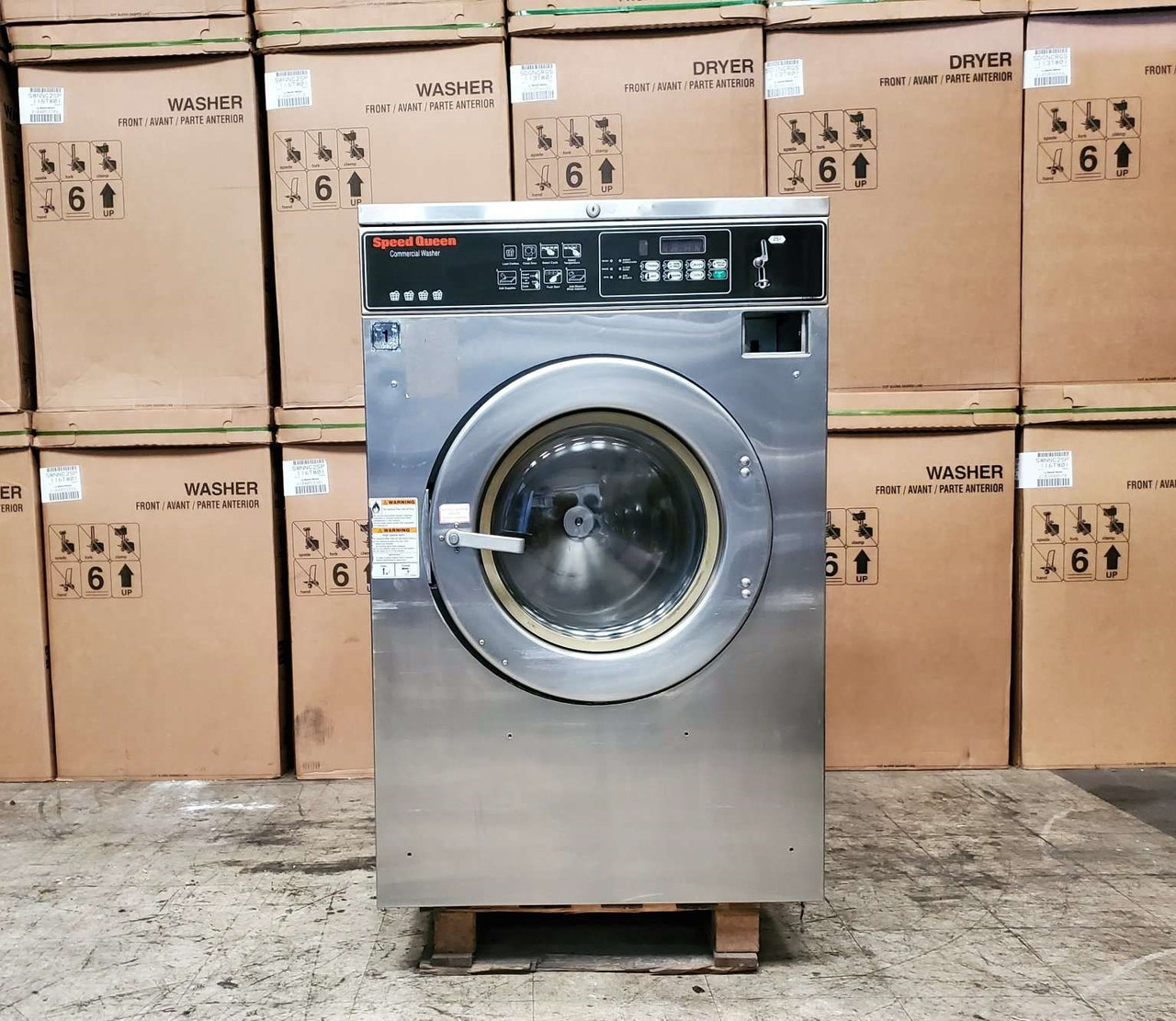
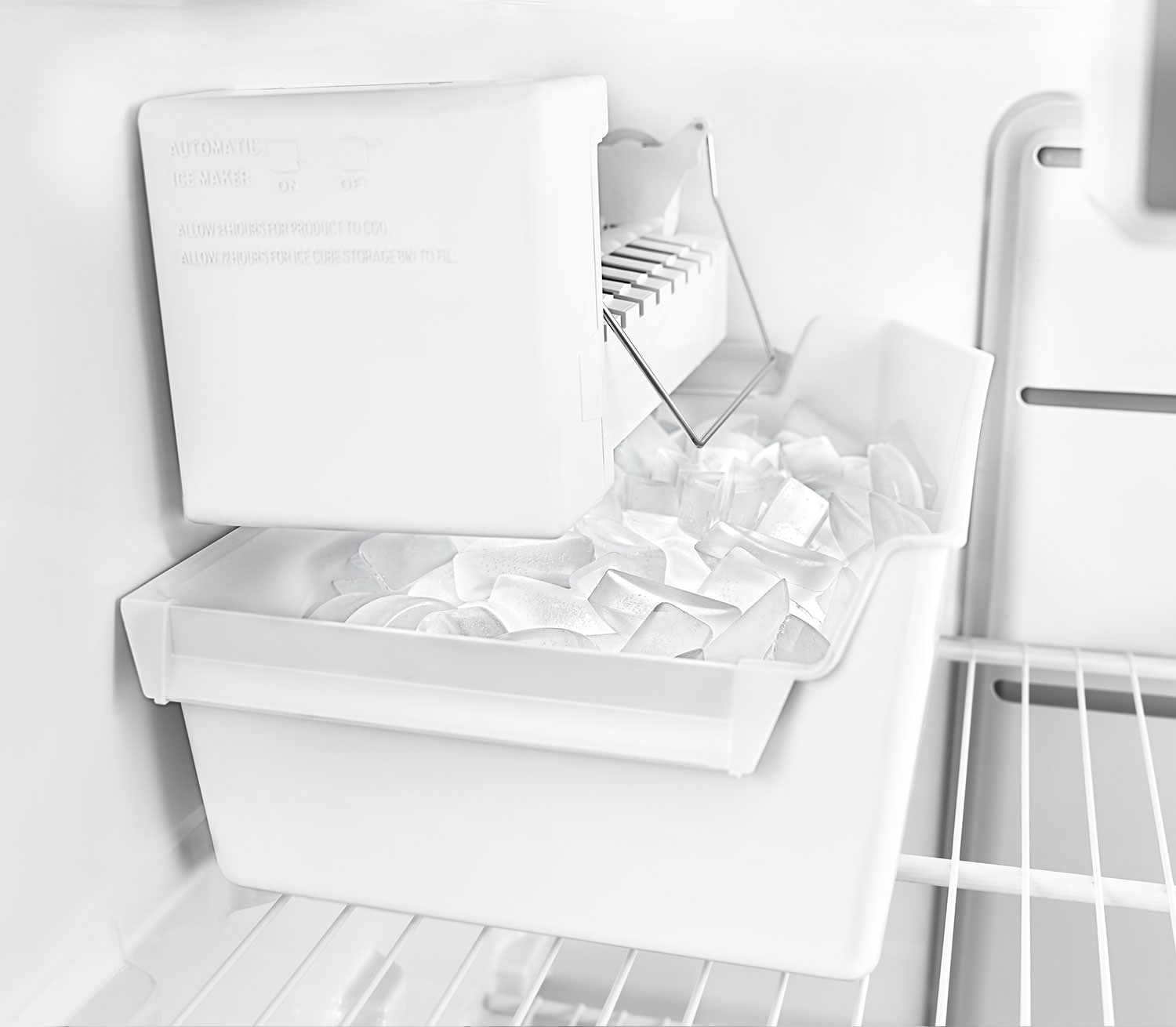

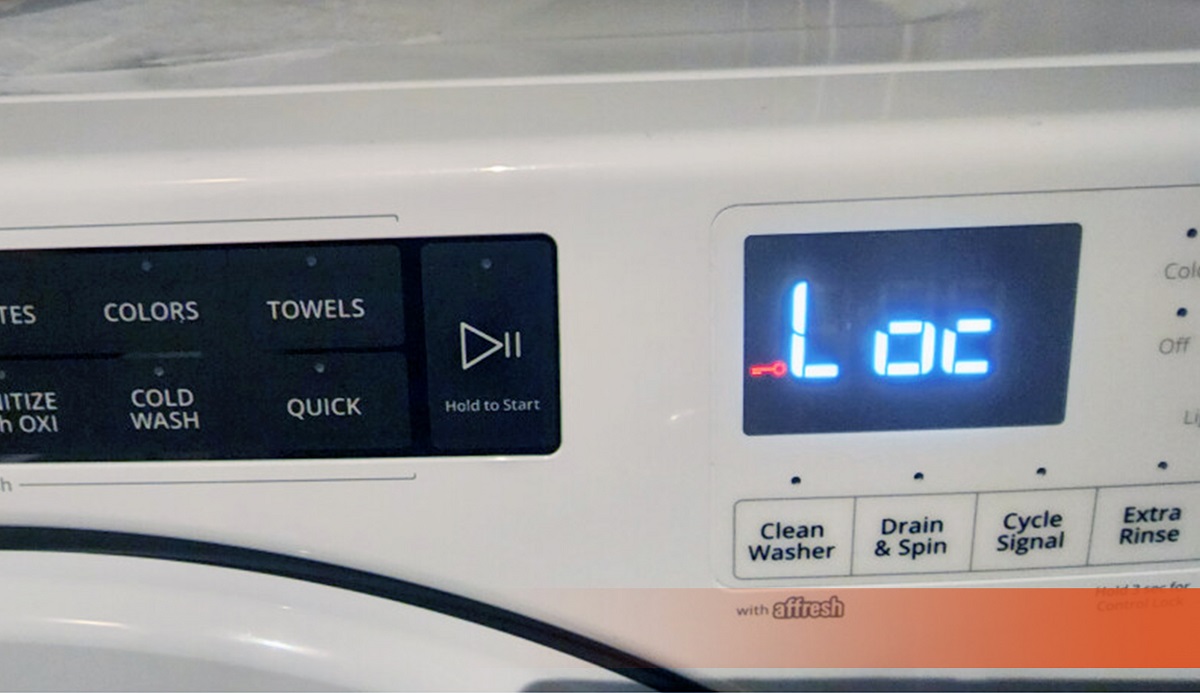
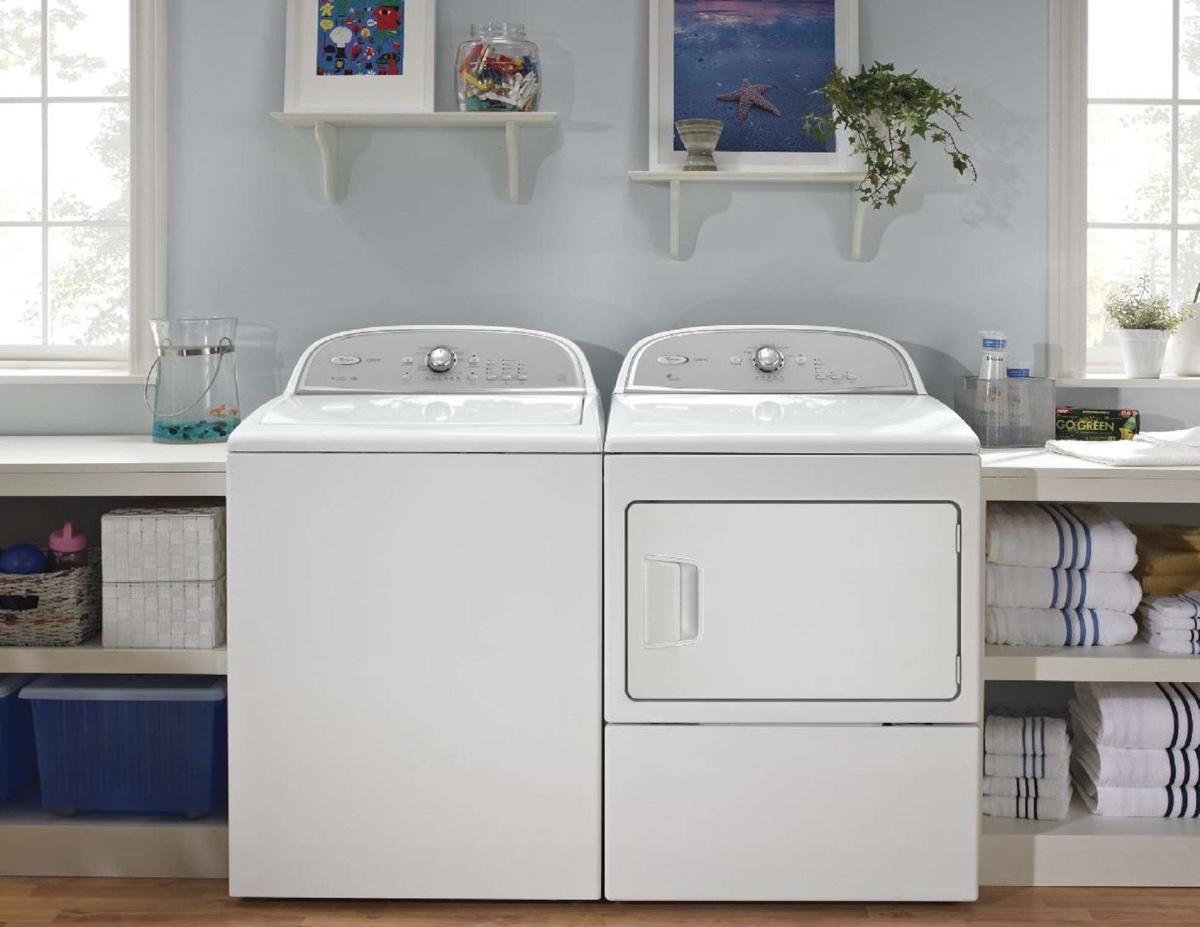
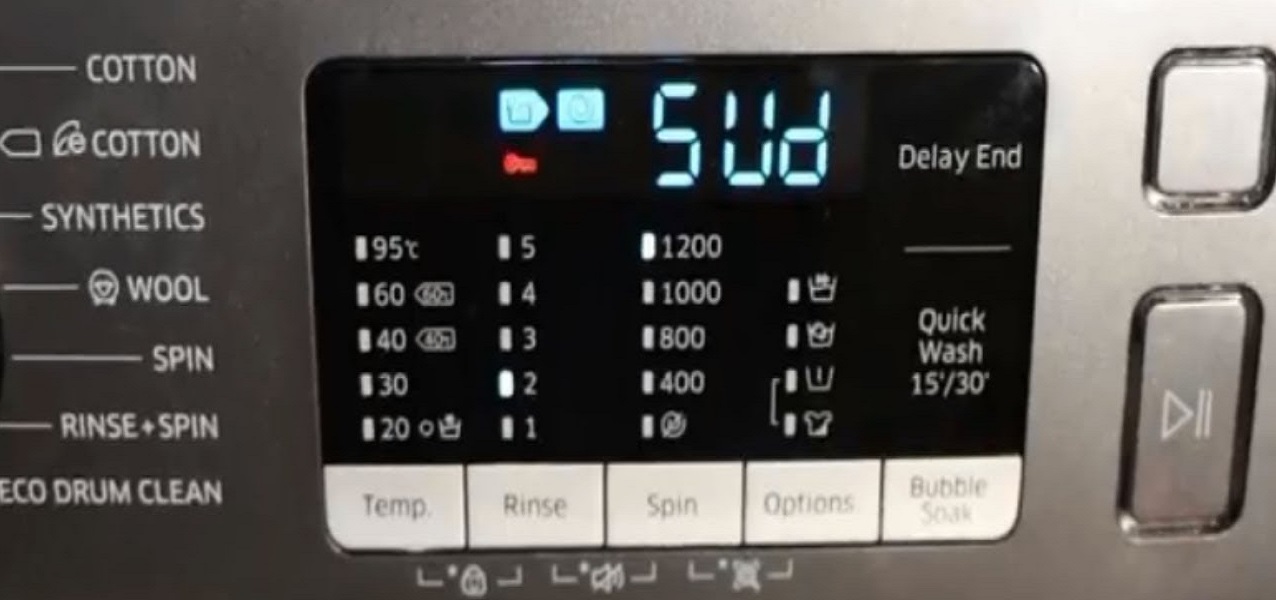
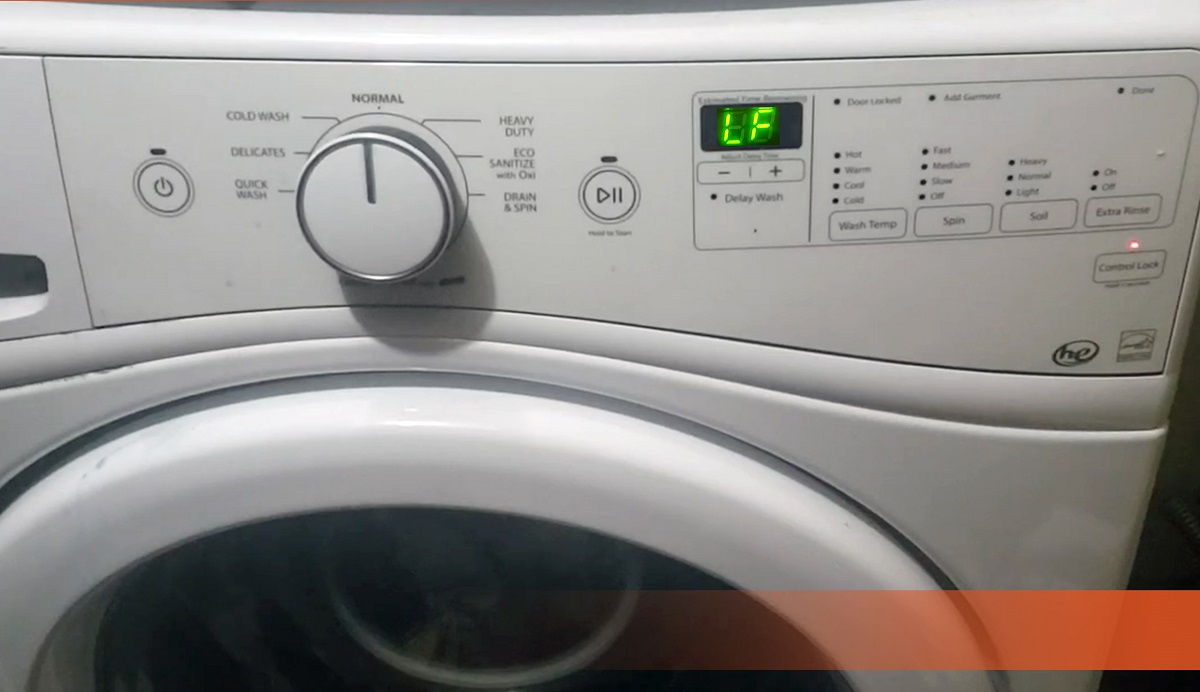
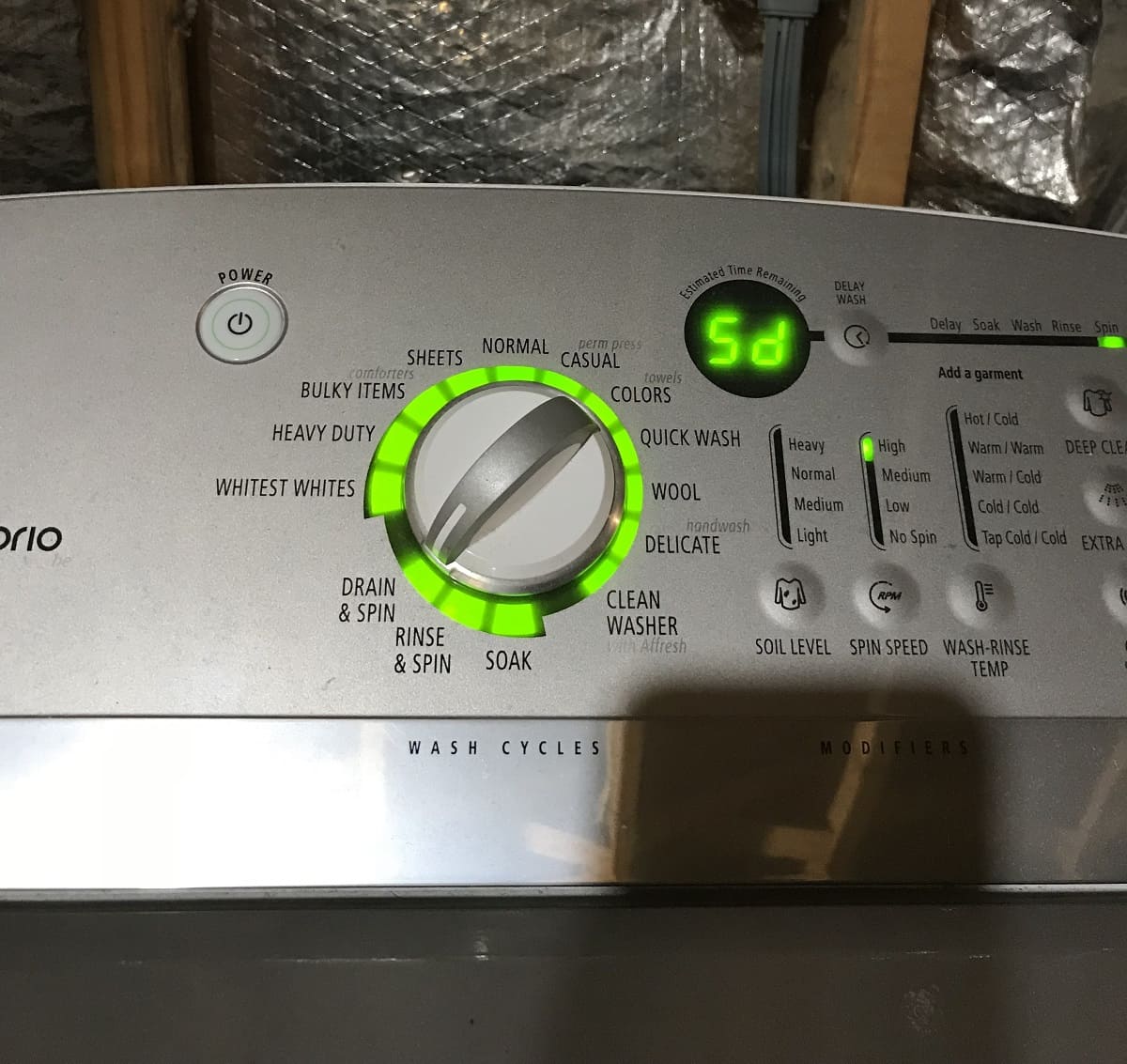


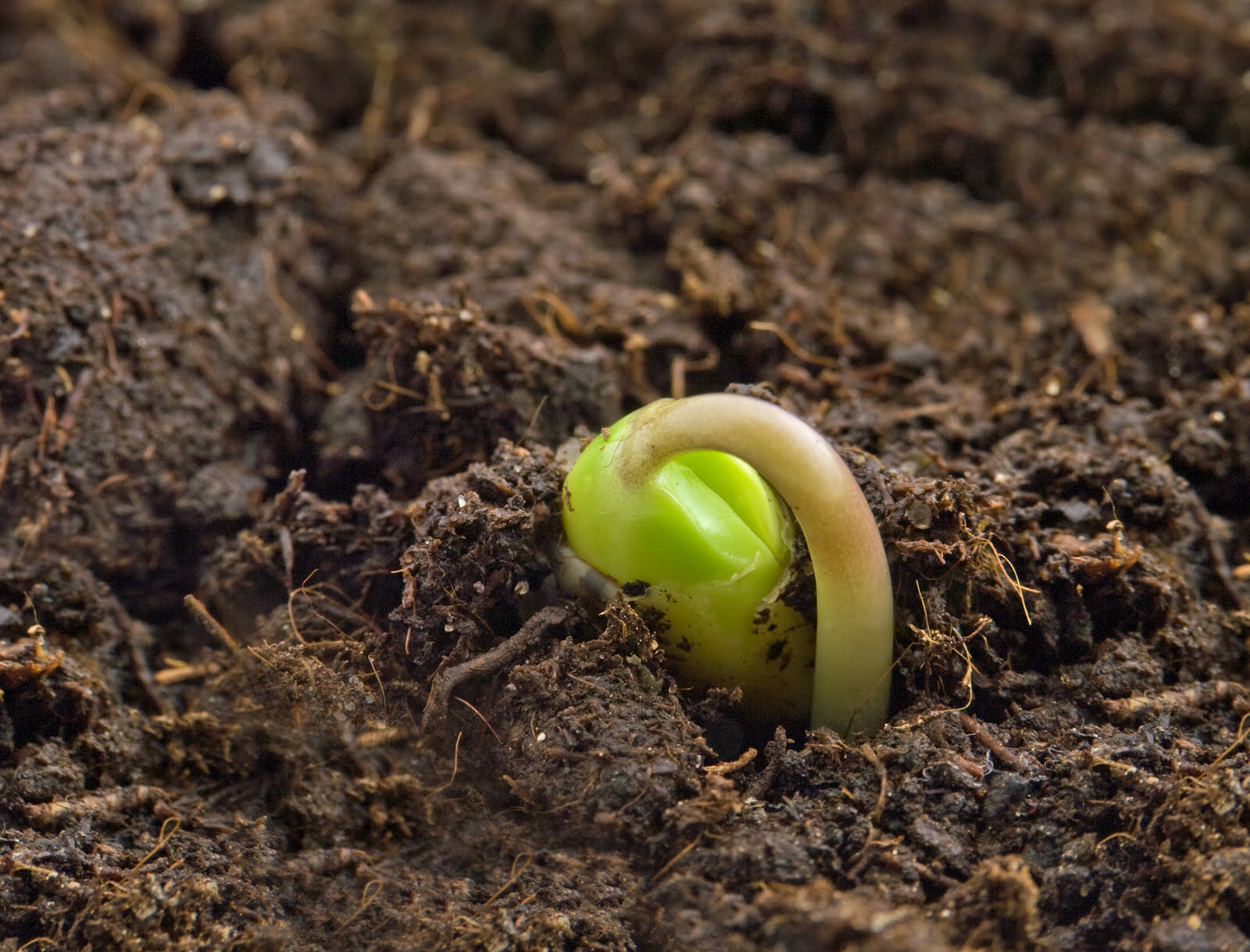




0 thoughts on “How Long Does A Whirlpool Washer Take”